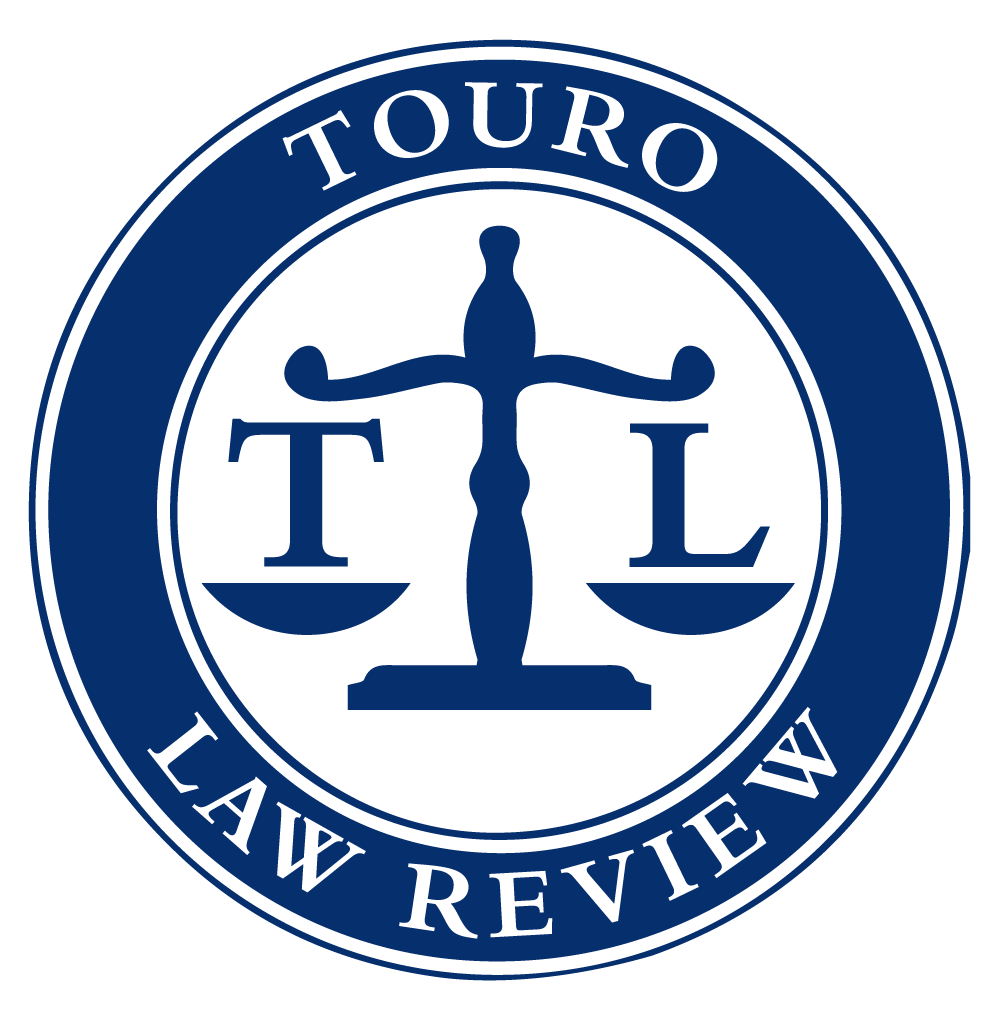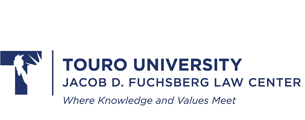
Touro Law Review
Abstract
This Article addresses the legal standard by which school admissions programs may be judged and validated as school districts struggle to achieve student body diversity. As the Supreme Court recognized in its seminal decision, Brown v. Board of Education, education “is the very foundation of good citizenship.” Twenty years after that case was decided, Thurgood Marshall, who had argued that separate was not equal in the Brown case, observed as a Justice of the Court that “unless our children begin to learn together, there is little hope that our people will ever learn to live together.” Because achieving student body diversity cannot be separated from a consideration of the race of the students, school admission programs face a constitutional challenge, whether they consider race as part of its selection process or do not consider the racial composition of their student bodies and are, therefore, not diverse. Taking center stage in this struggle is Thomas Jefferson High School for Science and Technology, a highly selective magnet school that was recently sued by a coalition of parents of Asian American students challenging changes it made to its admissions policy. A federal district court has invalidated the program on equal protection grounds, and an appeal of that decision is currently pending before the United States Court of Appeals for the Fourth Circuit. Although the Supreme Court has twice upheld race-conscious plans used by colleges and universities, there is some question whether the Court will apply this precedent to elementary, middle, or high school plans or whether the Court will continue to allow race to be considered in any admissions program at any level of education. In light of the importance of diversity in this nation’s classrooms, which the Supreme Court has repeatedly noted, the principles established by the Supreme Court upholding race-conscious admissions plans should continue to apply and should not be limited to colleges and universities but should apply with equal force to elementary, middle, and high school admissions programs. If these principles are not applied to these programs or if the Supreme Court invalidates any consideration of race in admissions programs at all levels of education, then the late Justice Ginsburg’s warning will come to pass: Schools will not stop considering every characteristic of applicants, including race, to achieve student body diversity but will instead resort to “winks, nods, and disguises” to achieve that goal. If the principles are applied, and schools are permitted to consider race as one factor of many for each applicant, then the Brown v. Board of Education legacy will endure, and schools can work openly to achieve diversity at all levels of education.
Recommended Citation
Zisk, Nancy L.
(2023)
"The Legacy of Brown v. Board of Education: Achieving Student Body Diversity in All Levels of Education,"
Touro Law Review: Vol. 38:
No.
4, Article 14.
Available at:
https://digitalcommons.tourolaw.edu/lawreview/vol38/iss4/14
Included in
Civil Rights and Discrimination Commons, Education Law Commons, Fourteenth Amendment Commons


